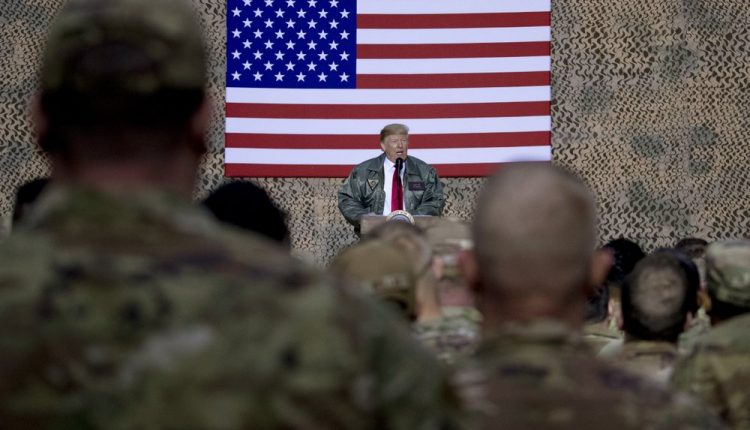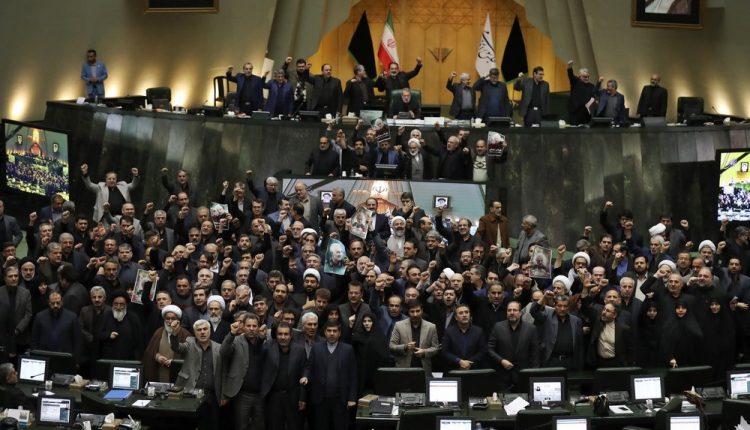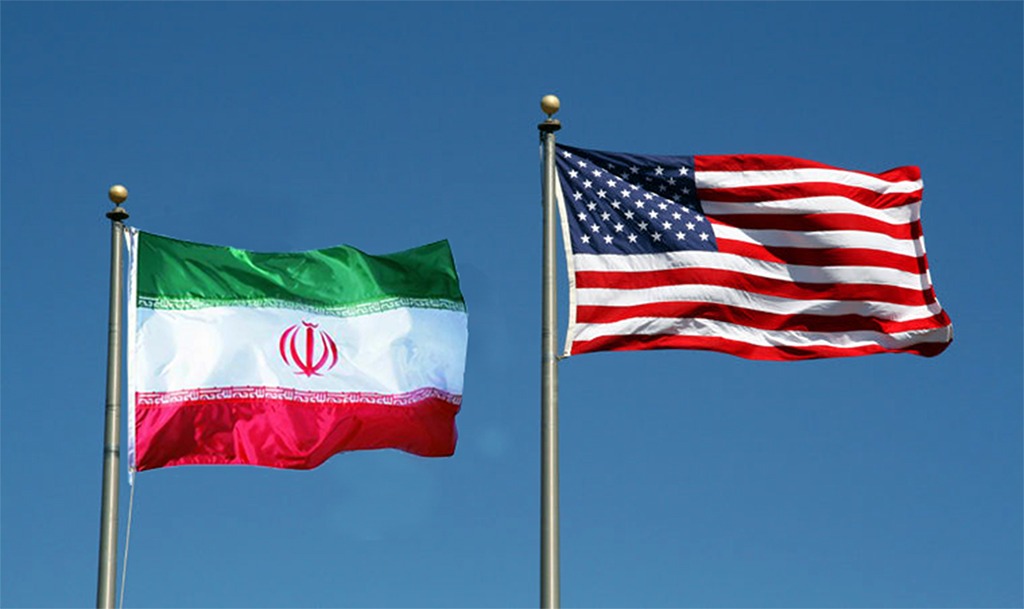On the 3rd of January, 2020, a U.S. drone strike near Baghdad International Airport targeted Major General Qasem Soleimani, a terrorist in the eyes of the U.S. government but a celebrated hero to others.
The incident shook the world to its core as the heads of state of both countries engaged in an exchange of threats. The two longtime enemies haven’t come this close to war since the 1979 Iranian seizing of the U.S. Embassy in Tehran.
The Iraqi government condemned the attack and voted on a resolution to remove American forces from Iraqi soil. Iraqi Prime Minister Adel Abdul-Mahdi expressed his concerns for Iraq as the confrontation between the two powers continues.

“We have no exit but this, otherwise we are speeding toward confrontation,” Abdul-Mahdi said about the decision to remove U.S. troops in Iraq in a prerecorded televised speech following a weekly Cabinet meeting.
On the other hand, Trump took to Twitter stating that the U.S. will not be exiting Iraq anytime soon as this would allow Iran to gain a stronger foothold in the region.
“The people of Iraq do not want to see Iran running the country, that I can tell you,” Trump said from the White House. “At some point we want to get out, but this isn’t the right point,” he continued.

In the aftermath of the incident, Iran vowed vengeance while Trump threatened more attacks targeting cultural sights in the case of the sanctioned state seeking retaliation. Moreover, Tehran withdrew from the nuclear deal with other world nations, ending years of efforts for a diplomatic compromise.
Early Wednesday morning, Tehran fired a series of ballistic missiles targeting two military bases in Iraq housing American troops. Shortly afterward, the 45th President of the United States tweeted: “So far, so good” regarding the casualties. The attack did not claim any lives as sources claim that the soldiers were warned beforehand.
The Iranian foreign minister tweeted that Tehran had taken “and concluded proportionate measures in self-defense,” adding that Tehran did “not seek escalation” but would defend itself against further aggression. The Middle Eastern nation carried on with a series of threats stating that if the U.S. retaliates, Tehran will target both Israel and Dubai.

Meanwhile, a few hours after Wednesday’s attack, a Ukranian Boeing flight on course from Tehran to Kyiv was brought down claiming 176 lives. 82 Iranians, 63 Canadians, and 11 Ukrainians met their fates, according to a tweet from Ukrainian foreign minister Vadym Prystaiko.
ISNA, an Iranian news agency, reported that the crash was due to technical difficulties. Iran’s Civil Aviation Authority said it had launched an investigation. The Ukrainian Embassy in Tehran replaced its previous statement saying terrorism or rocket attacks had been ruled out as causes of the plane crash.
Right now, the whole world is waiting for the United States’ response. There are two equal possibilities: the U.S. could either follow through on its threats or dismantle the whole conflict. We will just have to wait and see.



